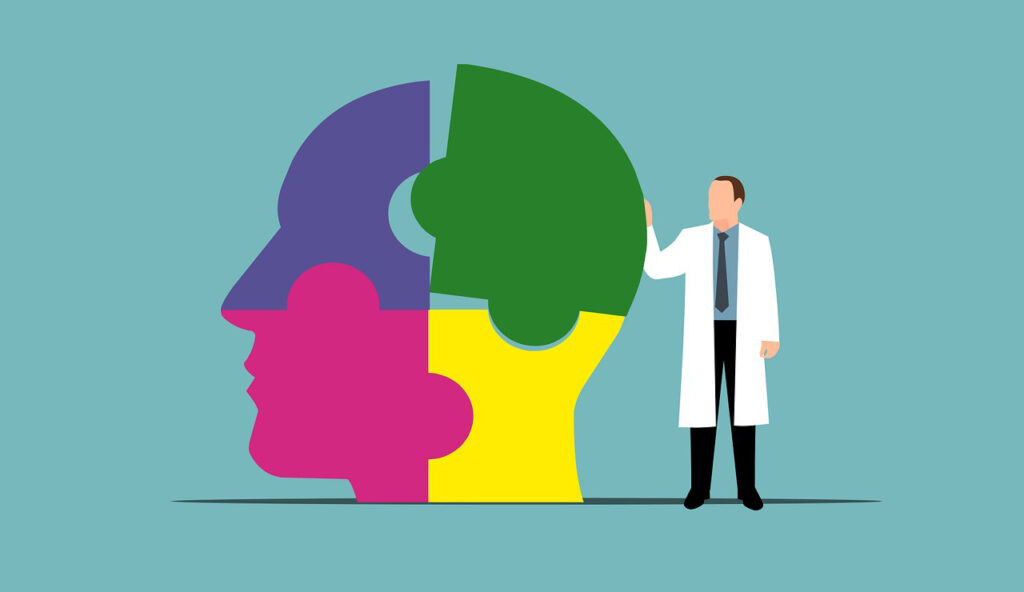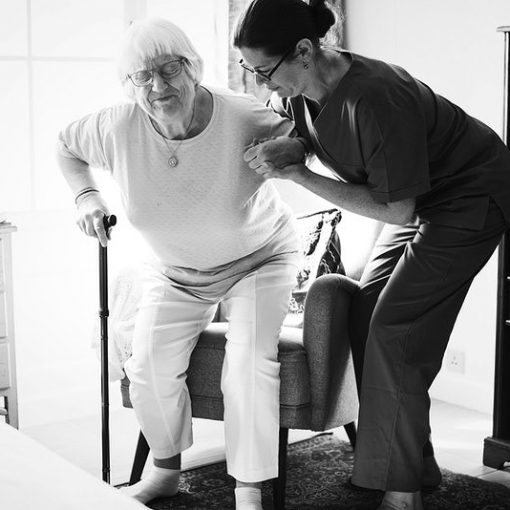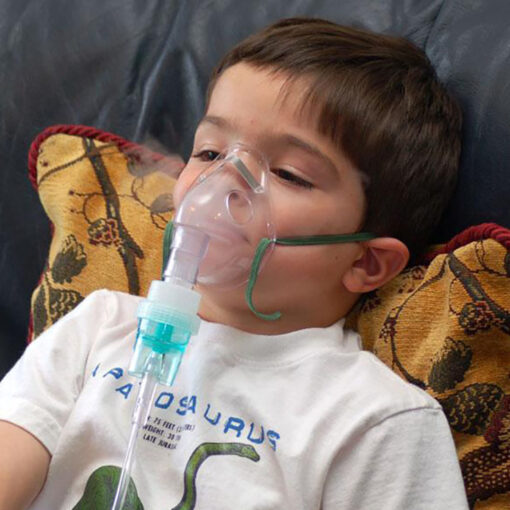In addition to teaching, the basic mission of our university of applied sciences is to promote and support the development of our society with research, development, and innovation (RDI) solutions. For graduated social and health professionals to be able to pick up these potential R&D targets from working life and to understand the reporting related to them, they must have the skills acquired from the university of applied sciences for all of this. The research, development and innovation course in the curriculum deals with exactly these issues. (LAB 2024).
A social and health professional should be able to innovate services in the social and health sector and strengthen the transfer of researched knowledge to practical work. (Sotetie 2024). In addition to basic work, the requirement of today’s working life is that healthcare professionals know how to read scientifically written text and pay attention to evidence-based guidelines and recommendations, as well as examine texts critically. A social and health professional must also participate in the development of research and development expertise in their work. (Sotetie 2024).
The core competence of the social and health sector is research and development competence, which consists of evidence-based activities and innovation competence. In their work, a social and health professional must be able to make decisions and solve problems based on the best available and up-to-date information. A social and health professional should be able to innovate services in the social and health sector and strengthen the transfer of researched knowledge to practical work. (Sotetie 2024).
“What do we need this for?”
“We are not going to be scientists?” “Why do we need this course?” “I take care of patients and clients; I don’t read studies.” These are very typical comments when students start the Social and Health Research, Development and Innovations course.
However, an important goal is that the student learns to identify the most common research methods in the health and safety sector and to evaluate the ethical principles and reliability of R&D activities. A graduate from the social security field must understand the concept of innovation and be happy to utilize innovations in their own activities.
The point of view of the social security industry
Social innovation in health suggests innovations may be more effective when organically emerging from local actors in partnership with community members. Social innovation in health is a community-engaged process that links social change and health improvement, drawing on the diverse strengths of local individuals and institutions (Halpaap et al. 2020). Social innovation provides innovative solutions to address healthcare delivery challenges, engaging community from multiple sectors. (Moscibrodzki et al. 2022).

The statutory task of the university of applied sciences is to carry out applied research, development and innovation activities that promote working life and regional development and renew the economic structure of the region, as well as artistic activities. (TKI 2024).
The different innovations of universities of applied sciences based on R&D activities could offer different solutions to the challenges of new welfare areas. However, the utilization of these innovations is still in its early stages.
The demands of today’s working life include understanding and participating in research and development work as well as innovative thinking, so we cannot escape these things. So, let’s try to integrate it into our practical everyday work as smoothly as possible.
Author
Jenni Hämäläinen is a Senior Paramedic Lecturer at LAB University of Applied Sciences, and she is teaching research, development, and innovations in the social and health sector courses.
References
Halpaap, B.M., Tucker J.D., Mathanga, D, et al. 2020. Socialinnovation in global health: sparking location action. Lancet Glob Health 2020;8:633–634. Cited 20 Aug. Available at http://www.ncbi.nlm.nih.gov/pubmed/32353305
LAB. 2024. Bachelor’s Degree Programme in Emergency Care. Study Guide. LAB University of Applied Sciences. Cited 20 Aug 2024. Available at https://opinto-opas.lab.fi/68177/fi/68117/127806?lang=en
Mohamed_hassan. 2024. Aivot, palapeli, logo, tuki. Pixabay. Cited 26 Aug 2024. Available at https://pixabay.com/fi/vectors/aivot-palapeli-logo-tuki-avustaja-8957506/
Moscibrodzk, P., Ahumuza, E., Li, J., Sun, X., Tao, Y, Niekerk, L., Amazigo, U., Halpaap B., Awor, P. & Tucker, J. 2022. Social innovation in health, community engagement, financing and outcomes: qualitative analysis from the social innovation in health initiative. BMJ Journals. 2022. Vol 8; 3. Cited 20 Aug 2024. Available at https://innovations.bmj.com/content/8/3/216
SOTETIE. 2024. Palveluiden ja työn kehittämisosaaminen. Cited 20 Aug 2024. Available at https://sotetie.fi/yhteiset-osaamiset/palveluiden-ja-tyon-kehittamisosaaminen.
TKI. 2024. Mikä ihmeen TKI? Cited 20 Aug 2024. Available at https://tki.fi/




